DISCOVERY OF ANCIENT TOILET
입력 2021.07.09 (15:03)
수정 2021.07.09 (16:45)
읽어주기 기능은 크롬기반의
브라우저에서만 사용하실 수 있습니다.
[Anchor Lead]
Many people picture ancient toilets as filthy and unhygienic. But surprisingly, they were not much different from modern-day toilets. A large ancient toilet dating back 150 years has been discovered at Gyeongbokgung Palace. It was found to have an advanced purification system.
[Pkg]
Gyeongbokgung Palace. Renovated in 1868 by Regent Heungseon Daewongun to restore royal power. That’s also when the East Pavilion was built for the Crown Prince and Princess. Traces of a large toilet have been discovered in the southern part of the pavilion. Measuring 10.4 m long and 1.8 m deep, the long, narrow toilet pit built of stone is shaped like a rectangle. Four to five rooms are presumed to have been built above the pit. Up to ten people could use the facility at once. More than 150 people would have used it daily. That was possible thanks to a purification system installed in the toilet. Water was infused inside to make impurities settle at the bottom. Contaminated water was discharged along with fresh water through two drains. This ancient system is not much different from modern-day toilet systems.
[Soundbite] Oh Dong-seon(Ganghwa National Research Institute of Cultural Heritage) : "When water is mixed with feces, it accelerates corrosion and significantly reduces odor."
More than 18,000 parasite eggs per gram along with vegetable seeds were found in the soil inside the purification device. This serves as proof that this facility was a toilet, and that impurities never overflowed from it.
[Soundbite] Oh Dong-seon(Ganghwa National Research Institute of Cultural Heritage) : "Soil collected outside of the toilet contained zero parasite eggs. This means water from the toilet did not overflow the brick fence."
It’s the first discovery of a toilet in an ancient royal palace. Experts say the purification system appears quite advanced, as it wasn’t in use even in Europe at the time.
[Soundbite] Lee Jang-hown(Korea Living Environment Odor Institute) : "In western countries, feces were thrown away using water. This is the first facility where feces were collected in one place before being processed."
The Cultural Heritage Administration plans to conduct more excavations as more toilets could be discovered inside the palace.
Many people picture ancient toilets as filthy and unhygienic. But surprisingly, they were not much different from modern-day toilets. A large ancient toilet dating back 150 years has been discovered at Gyeongbokgung Palace. It was found to have an advanced purification system.
[Pkg]
Gyeongbokgung Palace. Renovated in 1868 by Regent Heungseon Daewongun to restore royal power. That’s also when the East Pavilion was built for the Crown Prince and Princess. Traces of a large toilet have been discovered in the southern part of the pavilion. Measuring 10.4 m long and 1.8 m deep, the long, narrow toilet pit built of stone is shaped like a rectangle. Four to five rooms are presumed to have been built above the pit. Up to ten people could use the facility at once. More than 150 people would have used it daily. That was possible thanks to a purification system installed in the toilet. Water was infused inside to make impurities settle at the bottom. Contaminated water was discharged along with fresh water through two drains. This ancient system is not much different from modern-day toilet systems.
[Soundbite] Oh Dong-seon(Ganghwa National Research Institute of Cultural Heritage) : "When water is mixed with feces, it accelerates corrosion and significantly reduces odor."
More than 18,000 parasite eggs per gram along with vegetable seeds were found in the soil inside the purification device. This serves as proof that this facility was a toilet, and that impurities never overflowed from it.
[Soundbite] Oh Dong-seon(Ganghwa National Research Institute of Cultural Heritage) : "Soil collected outside of the toilet contained zero parasite eggs. This means water from the toilet did not overflow the brick fence."
It’s the first discovery of a toilet in an ancient royal palace. Experts say the purification system appears quite advanced, as it wasn’t in use even in Europe at the time.
[Soundbite] Lee Jang-hown(Korea Living Environment Odor Institute) : "In western countries, feces were thrown away using water. This is the first facility where feces were collected in one place before being processed."
The Cultural Heritage Administration plans to conduct more excavations as more toilets could be discovered inside the palace.
■ 제보하기
▷ 카카오톡 : 'KBS제보' 검색, 채널 추가
▷ 전화 : 02-781-1234, 4444
▷ 이메일 : kbs1234@kbs.co.kr
▷ 유튜브, 네이버, 카카오에서도 KBS뉴스를 구독해주세요!
- DISCOVERY OF ANCIENT TOILET
-
- 입력 2021-07-09 15:03:03
- 수정2021-07-09 16:45:45
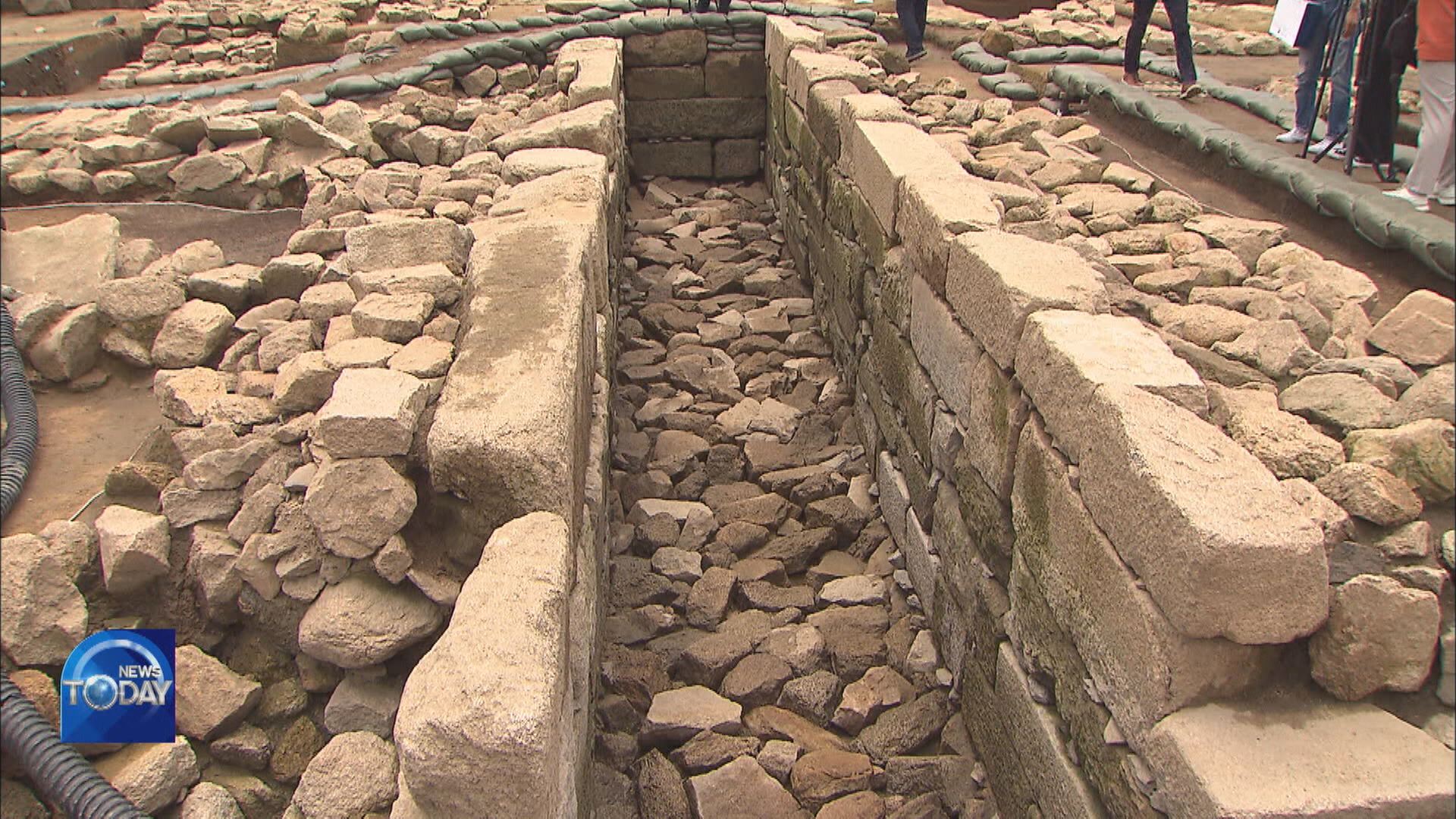
[Anchor Lead]
Many people picture ancient toilets as filthy and unhygienic. But surprisingly, they were not much different from modern-day toilets. A large ancient toilet dating back 150 years has been discovered at Gyeongbokgung Palace. It was found to have an advanced purification system.
[Pkg]
Gyeongbokgung Palace. Renovated in 1868 by Regent Heungseon Daewongun to restore royal power. That’s also when the East Pavilion was built for the Crown Prince and Princess. Traces of a large toilet have been discovered in the southern part of the pavilion. Measuring 10.4 m long and 1.8 m deep, the long, narrow toilet pit built of stone is shaped like a rectangle. Four to five rooms are presumed to have been built above the pit. Up to ten people could use the facility at once. More than 150 people would have used it daily. That was possible thanks to a purification system installed in the toilet. Water was infused inside to make impurities settle at the bottom. Contaminated water was discharged along with fresh water through two drains. This ancient system is not much different from modern-day toilet systems.
[Soundbite] Oh Dong-seon(Ganghwa National Research Institute of Cultural Heritage) : "When water is mixed with feces, it accelerates corrosion and significantly reduces odor."
More than 18,000 parasite eggs per gram along with vegetable seeds were found in the soil inside the purification device. This serves as proof that this facility was a toilet, and that impurities never overflowed from it.
[Soundbite] Oh Dong-seon(Ganghwa National Research Institute of Cultural Heritage) : "Soil collected outside of the toilet contained zero parasite eggs. This means water from the toilet did not overflow the brick fence."
It’s the first discovery of a toilet in an ancient royal palace. Experts say the purification system appears quite advanced, as it wasn’t in use even in Europe at the time.
[Soundbite] Lee Jang-hown(Korea Living Environment Odor Institute) : "In western countries, feces were thrown away using water. This is the first facility where feces were collected in one place before being processed."
The Cultural Heritage Administration plans to conduct more excavations as more toilets could be discovered inside the palace.
Many people picture ancient toilets as filthy and unhygienic. But surprisingly, they were not much different from modern-day toilets. A large ancient toilet dating back 150 years has been discovered at Gyeongbokgung Palace. It was found to have an advanced purification system.
[Pkg]
Gyeongbokgung Palace. Renovated in 1868 by Regent Heungseon Daewongun to restore royal power. That’s also when the East Pavilion was built for the Crown Prince and Princess. Traces of a large toilet have been discovered in the southern part of the pavilion. Measuring 10.4 m long and 1.8 m deep, the long, narrow toilet pit built of stone is shaped like a rectangle. Four to five rooms are presumed to have been built above the pit. Up to ten people could use the facility at once. More than 150 people would have used it daily. That was possible thanks to a purification system installed in the toilet. Water was infused inside to make impurities settle at the bottom. Contaminated water was discharged along with fresh water through two drains. This ancient system is not much different from modern-day toilet systems.
[Soundbite] Oh Dong-seon(Ganghwa National Research Institute of Cultural Heritage) : "When water is mixed with feces, it accelerates corrosion and significantly reduces odor."
More than 18,000 parasite eggs per gram along with vegetable seeds were found in the soil inside the purification device. This serves as proof that this facility was a toilet, and that impurities never overflowed from it.
[Soundbite] Oh Dong-seon(Ganghwa National Research Institute of Cultural Heritage) : "Soil collected outside of the toilet contained zero parasite eggs. This means water from the toilet did not overflow the brick fence."
It’s the first discovery of a toilet in an ancient royal palace. Experts say the purification system appears quite advanced, as it wasn’t in use even in Europe at the time.
[Soundbite] Lee Jang-hown(Korea Living Environment Odor Institute) : "In western countries, feces were thrown away using water. This is the first facility where feces were collected in one place before being processed."
The Cultural Heritage Administration plans to conduct more excavations as more toilets could be discovered inside the palace.
이 기사가 좋으셨다면
-
좋아요
0
-
응원해요
0
-
후속 원해요
0










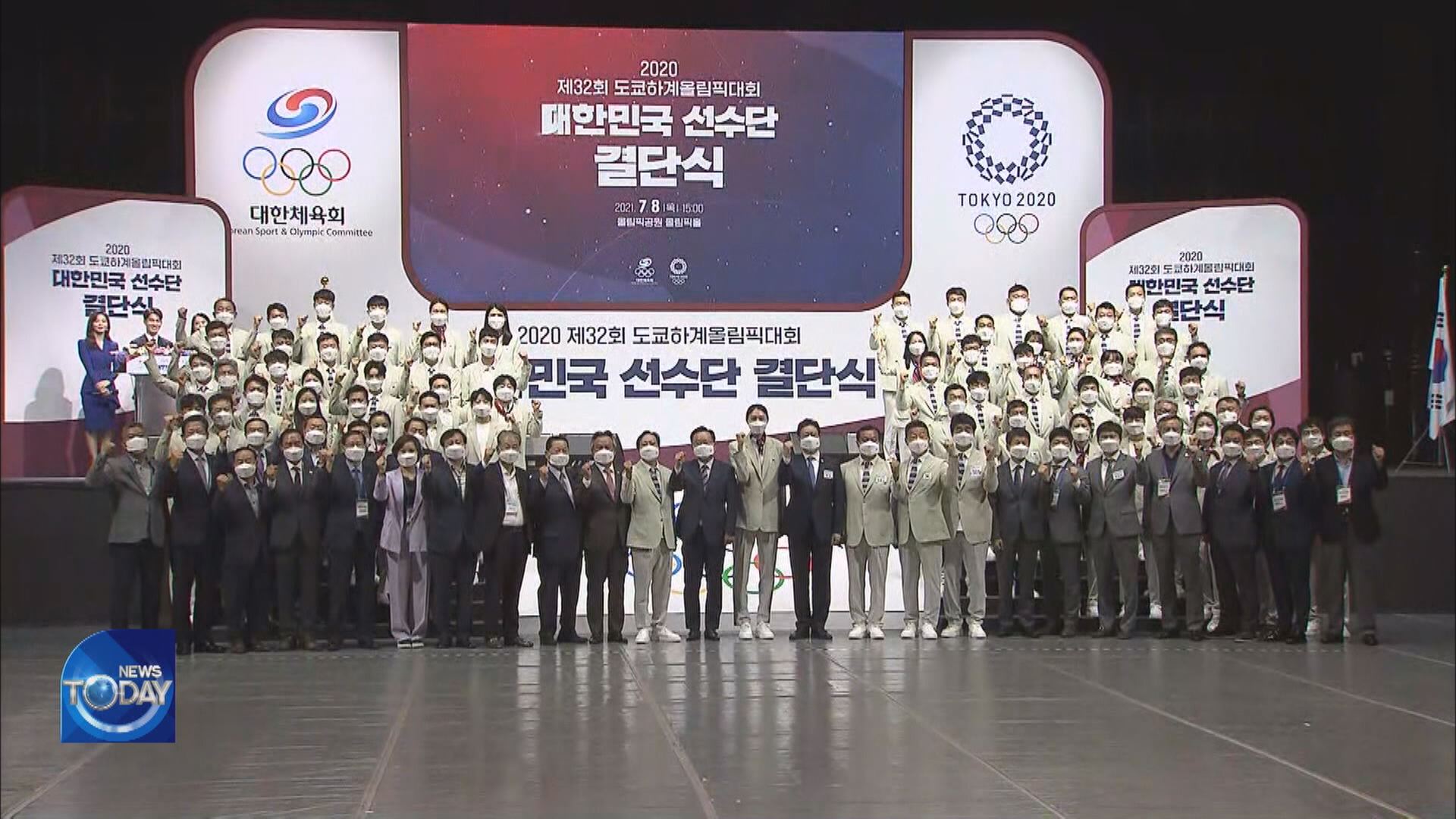
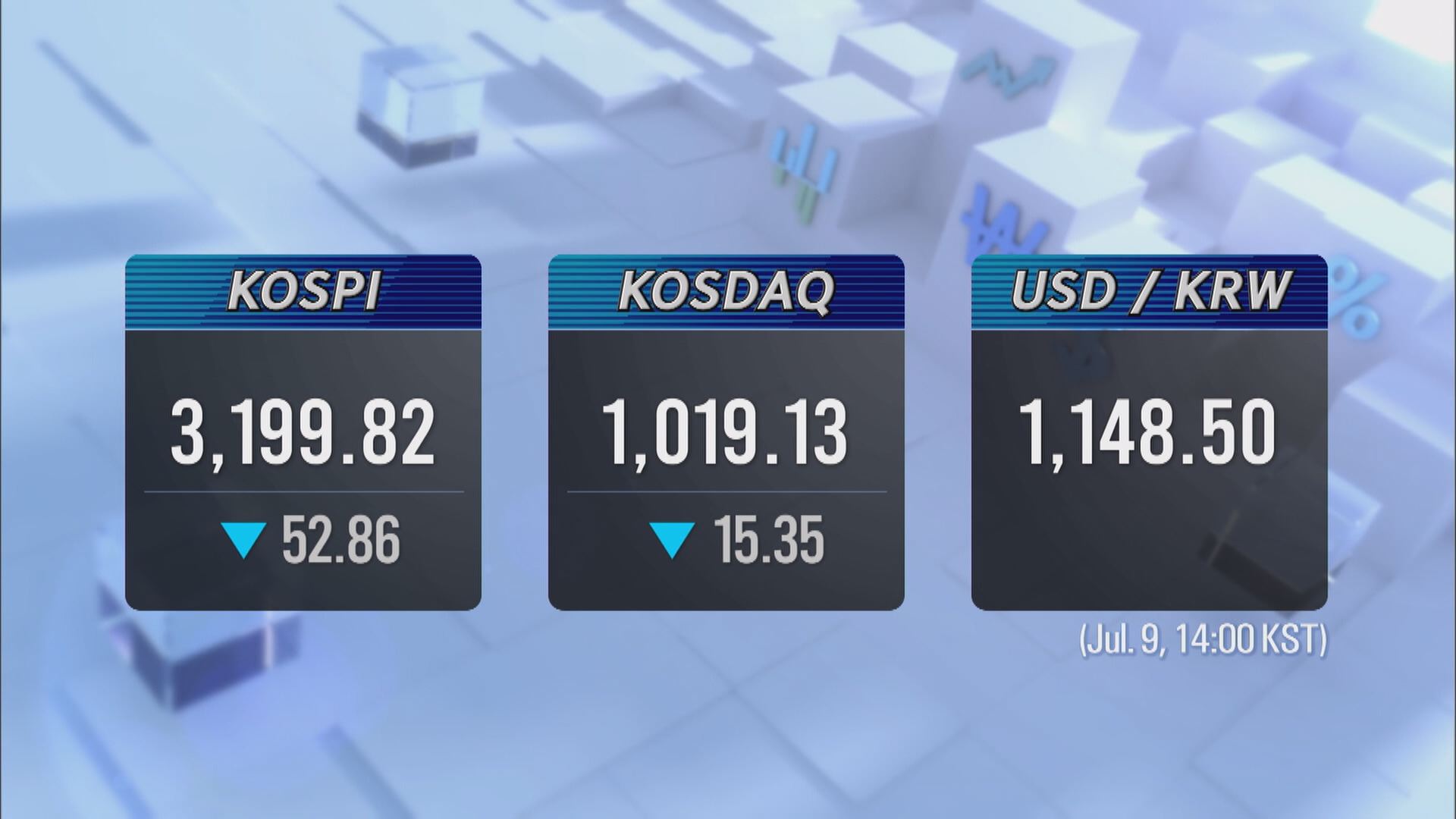
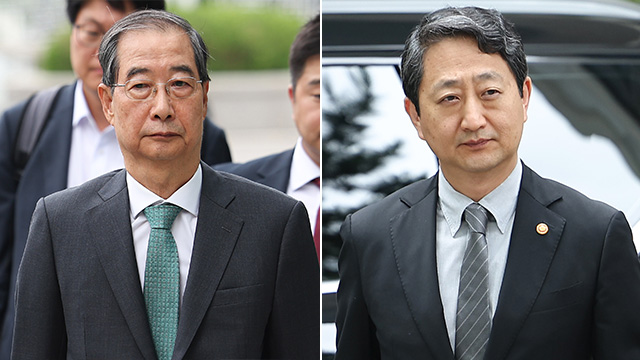
![[속보] 국민의힘 혁신위원장에 안철수 의원…“당 개혁 최적임자”](/data/layer/904/2025/07/20250702_Y70u81.jpg)
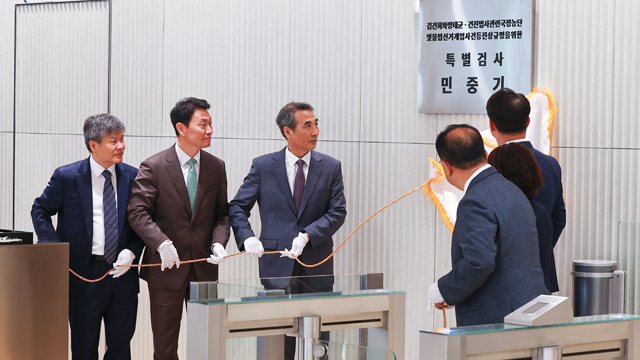
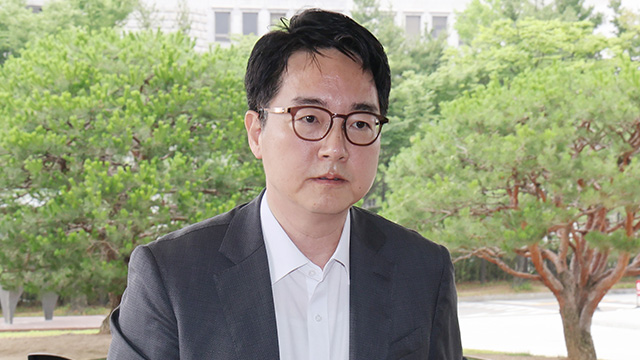

이 기사에 대한 의견을 남겨주세요.